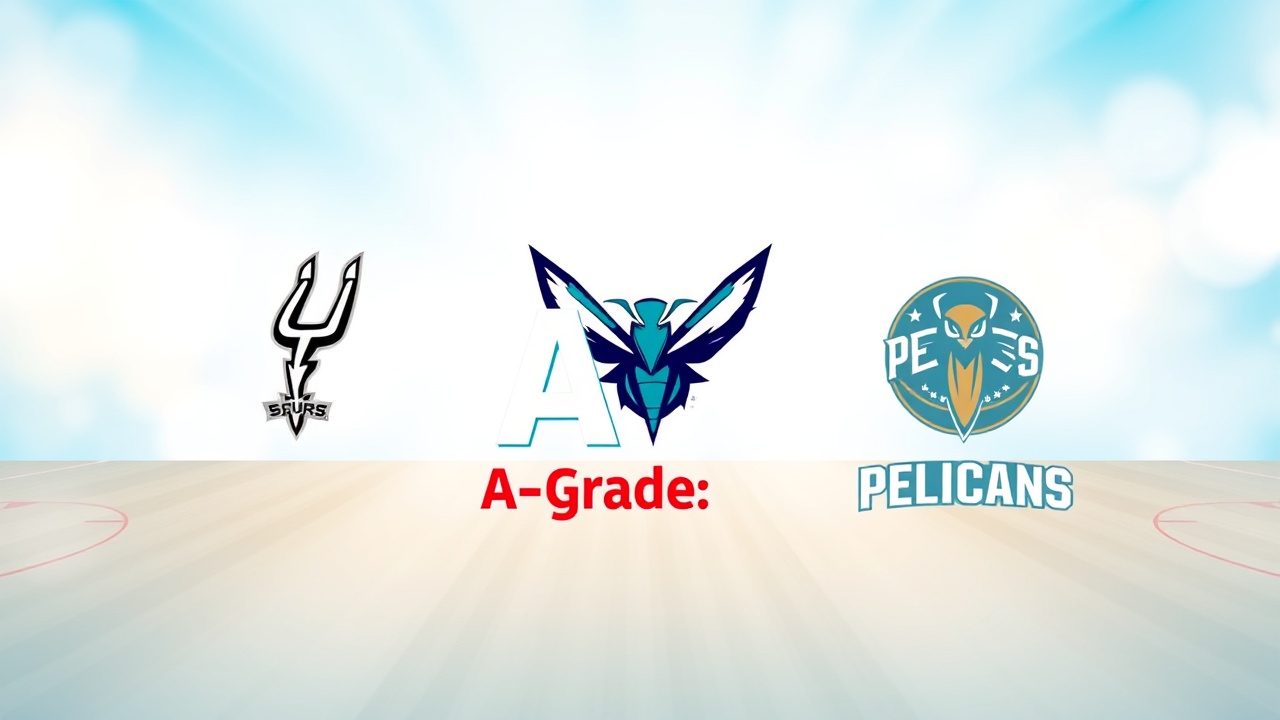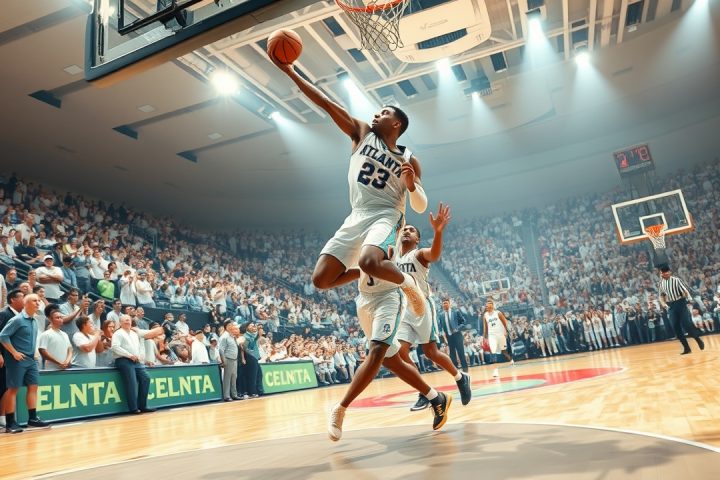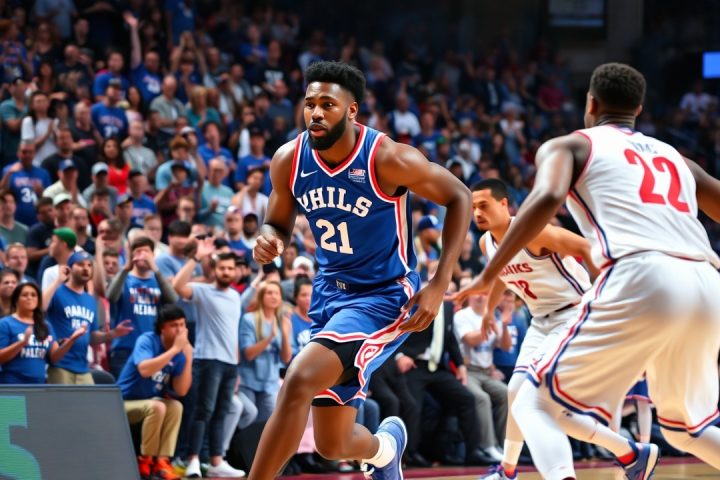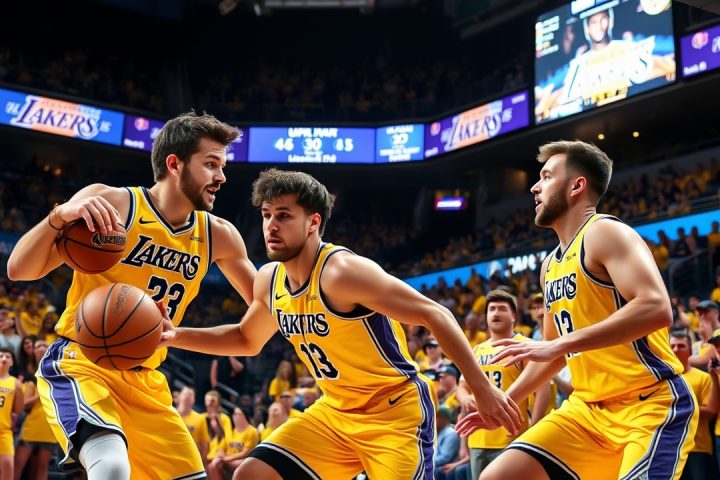The Assessment of NBA Draft Performances
The assessment of NBA Draft performances often stirs debate, as players’ evaluations can be perplexing and unpredictable. Even the most esteemed analysts in the NBA occasionally miss the mark in their projections. Draft grades are a valuable tool for teams and fans alike to reflect on their strategies during the draft, analyzing how well each team is moving towards its roster ambitions.
Recently, I have evaluated all 30 franchises based on their draft behaviors and outcomes during the past two days. I highlighted their strengths, weaknesses, and any notable processes they implemented, presenting my observations in a letter-grade format. While this is not a definitive ranking, it provides insight into my reasoning and analysis regarding player selections.
The Standout Performers
- Dallas Mavericks (Grade: A+)
The Mavericks snagged the coveted Cooper Flagg with the first overall pick. As my second-best prospect of the last decade, Flagg’s competitive spirit and drive to win make him a seamless fit for the Mavericks, who are equipped with a strong roster including Anthony Davis and Klay Thompson. If the team secures a reliable guard, the Mavs could very well contend for the playoffs, elevating the organization’s prospects considerably. - San Antonio Spurs (Grade: A+)
The Spurs made a significant impact by securing Dylan Harper at number two, a player with real All-Star potential, followed by Carter Bryant at 14. Their draft included strategic trades that show foresight and adaptability, aiming to construct a competitive team hierarchy, particularly with Harper’s immediate and promising fit alongside veterans like De’Aaron Fox. - Charlotte Hornets (Grade: A)
With a fresh approach to roster building following new leadership, the Hornets brought in talent like Kon Knueppel and Liam McNeeley. This new cohort aims to infuse competitiveness into the squad, addressing prior concerns regarding inconsistency. Additionally, their trade of Mark Williams for future assets demonstrates effective long-term planning. - Washington Wizards (Grade: A)
The Wizards demonstrated strategic prowess by selecting Tre Johnson, someone I rated third overall in the draft class, followed by effective trades to maximize their cap space and flexibility for the future. Johnson’s fitting skill set complements the existing roster and bolsters overall team dynamics under the guidance of their newly appointed front office.
Other Impressive Drafts
Teams like the Atlanta Hawks, Oklahoma City Thunder, and Toronto Raptors also displayed shrewd draft strategies, acquiring players who fit critical roles in their systems while maintaining financial prudence for the seasons ahead. Each organization made calculated selections with an eye toward their future, and the overall impact of these drafts could materialize positively in the upcoming years.
Notable Disappointments
Conversely, the New Orleans Pelicans had a draft that, due to ill-fated trade decisions, left many industry insiders perplexed. By sacrificing significant assets to trade up, they may have jeopardized future success, particularly considering their already injury-prone roster and lack of defensive stability. This misstep places them in a challenging position as they head into upcoming seasons.
Overall, this year’s NBA draft appeared to favor teams that effectively capitalized on their assets, ensuring that drafts are not just about talent acquisition but also about strategic planning and foresight. The evaluation of team performances will continue to evolve as these young talents mature in their respective roles.




